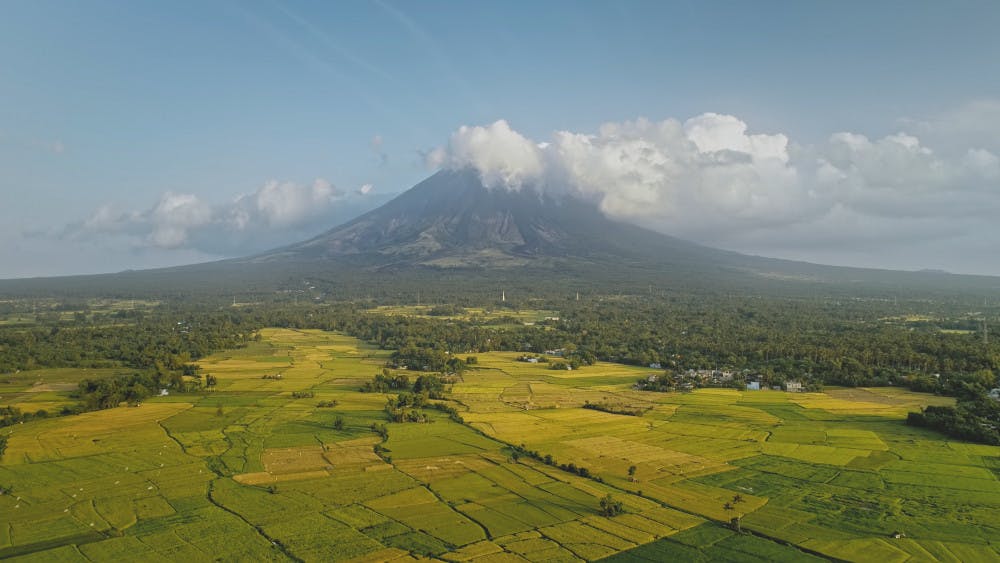By Mallory McBride
Staff Writer
Bali’s Mount Agung began erupting on Nov. 25, triggering Indonesia’s most extreme disaster alert level and forcing nearby residents to evacuate the area, according to CNN.

More than 100,000 people live in villages at the base of the volcano, and authorities have ordered many of them to evacuate, The Washington Post reported.
“Not all villagers in the dangerous radius are willing to evacuate. Until now there are still many people who remain in their houses,” Indonesia’s National Board for Disaster Management stated, according to CNN.
Since Nov. 25, the volcano has erupted multiple times, creating clouds of ash more than five miles high, according to CNN.
A 30-minute tremor occurred on Nov. 28, indicating a massive looming eruption, according to The Washington Post.
“(I can) see a huge steam and ash cloud over the volcano from here, amazing and scary at the same time,” Ann Goryanova, a freelance writer traveling in Lombok, told CNN.
During Mount Agung’s last eruption in 1963, 1,600 people died, according to The Washington Post.
Officials are concerned about the uncertain nature of the volcano’s recent eruptions.
“We do not have any basis for knowing whether this eruption will intensify, continue at its current level, or stop,” said Diana Roman, a geologist at the Carnegie Institution of Washington, according to The Washington Post.
Angela Fritz, an atmospheric scientist and the deputy weather editor for The Washington Post, warns that a bigger eruption would not only affect Bali, but the global atmosphere as well. Fritz notes that global temperature could significantly decrease if a massive eruption were to occur.
Another major issue resulting from the eruptions is the closure of Ngurah Rai International Airport in Denpasar, Bali’s capital, The New York Times reported. The international airport of the neighboring island Lombok was also closed for a short while before reopening on Nov. 28.
More than 50,000 domestic and international passengers have been stranded as a result, according to CNN.
Bali is a popular tourist destination, receiving more than one million visitors from Australia annually. Additional visitors come from other areas in the region, including China, CNN reported.
As of Nov. 28, the eruptions and urgency in Bali had yet to cease, but Mark Tingay, a geologist at the University of Adelaide’s Australian School of Petroleum said “the local authorities are extremely experienced in managing volcanic eruptions and have the situation extremely well in-hand,” according to CNN.







